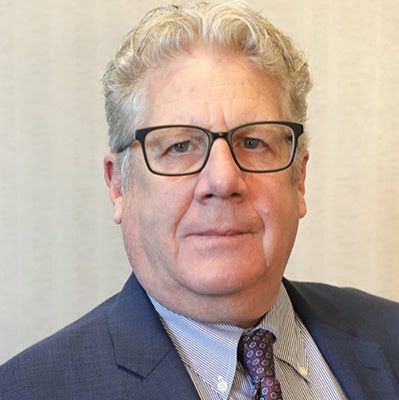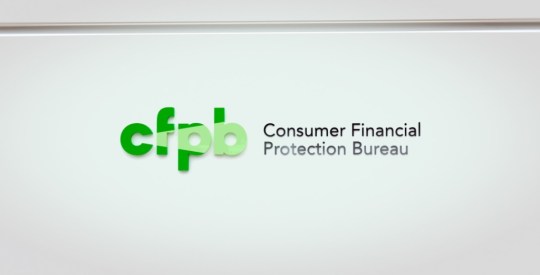Homeowners aged 62 and older saw their collective housing wealth increase in Q4 2021 by 3.98% compared to the previous quarter. This constitutes an increase of approximately $405 billion to a record of $10.6 trillion, according to data provided by the National Reverse Mortgage Lenders Association (NRMLA) in conjunction with data analytics firm RiskSpan.
The increase was reported Thursday in the quarterly release of the NRMLA/RiskSpan Reverse Mortgage Market Index (RMMI), according to an email update distributed to the association’s membership.

The RMMI rose in Q4 2021 to 370.56, which marks another consecutive all-time high since the index’s original publication in 2000. That increase was described as being primarily driven by an estimated 3.7% (or $452 billion) increase in the values of homes owned by seniors. This was offset, however, by a 2.3% (or $47 billion) increase in senior-held mortgage debt, a mitigating factor that remained close to the one seen in the prior quarter.
“May is Older Americans Month, and this year’s theme is ‘Age My Way,’” said Steve Irwin, president of NRMLA in a statement announcing the change. “To help mitigate the risks and concerns surrounding the ability of homeowners to age their way, it is critical that housing wealth is carefully and responsibly considered when developing a comprehensive retirement plan. For many, housing wealth is indeed their greatest asset, and tapping that equity, under the right circumstances, will enable a secure path to aging security.”
Year-over-year, the RMMI figure increased by 8.3% in 2020, outpacing previous years of change including 2019 (5.4%) and 2018 (6.3%), which is believed to be due to higher levels of home price appreciation seen in 2020. This past January, the collective senior housing wealth figure topped $10 trillion for the first time. It reached a threshold of over $9 trillion for the first time in July 2021 and previously topped $8 trillion for the first time in April 2021.





